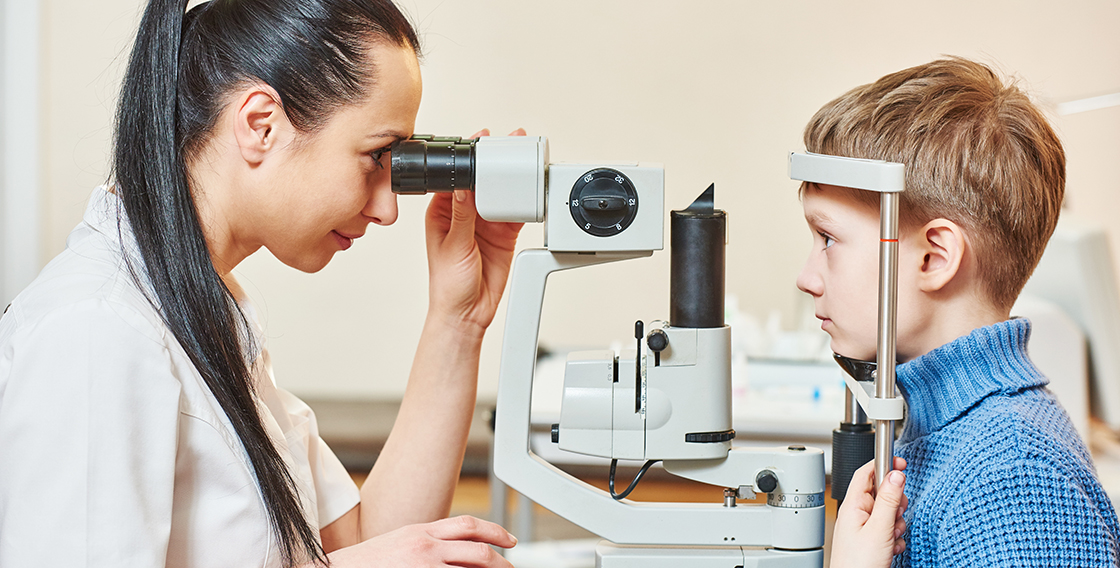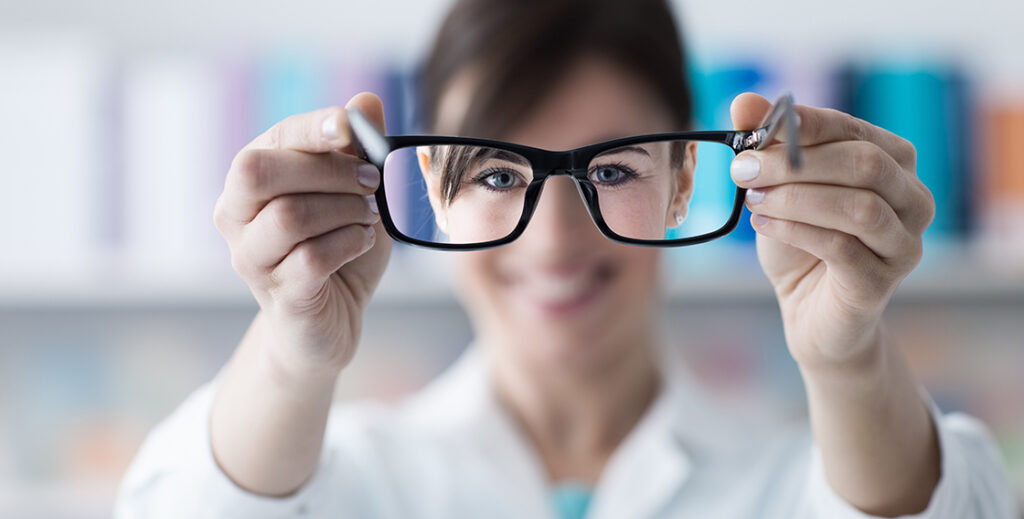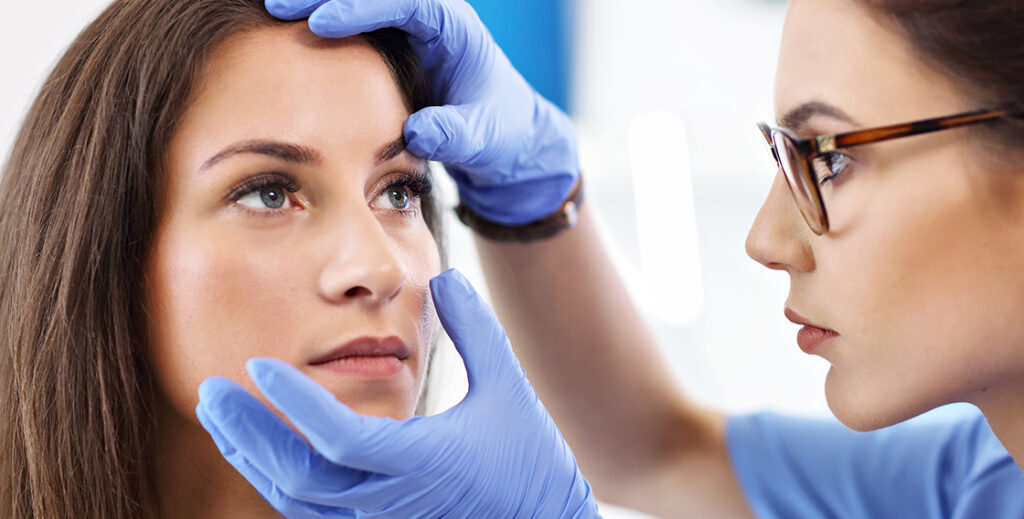Is Dilation Necessary for a Routine Eye Exam?

Any time someone mentions an exam of any kind, most people draw back in apprehension. This response is understandable, as the unknown is usually frightening for the majority of people. However, a bit of knowledge on the subject may help alleviate some of the fears.
What if you were told the exam would be pain-free and could potentially save your life? Such is the case with a routine eye exam. It will cause you no pain and could save your life. To help further educate you on this topic, here are a few things to expect during a routine eye exam and whether dilation is necessary.
The Initial Eye Exam
During the beginning part of your routine eye exam, the optometrist or ophthalmologist will test your vision. (S)he will also measure your eyes to help determine if you need a prescription for glasses. During this phase of your eye exam, the eye doctor will examine your pupils’ responses to light. This step can help establish whether the visual pathways are functioning correctly.
Your optometrist may also perform an additional test call gonioscopy, which uses a unique mirrored lens to examine your eye’s drainage angle. This viewing of your eye’s drainage system allows the eye doctor to determine whether or not you may be suffering from acute angle-closure glaucoma. A visual field test is another component of the glaucoma assessment. This quick exam will check out your peripheral or side vision.
Dilating the Eyes
Once the initial routine eye exam is complete, the pupil dilation portion of the exam takes place. In this portion of the exam, your doctor will place a few drops of a solution in each of your eyes that cause the pupils to dilate or widen. This enlargement of the pupils allows more light into the eye and gives your doctor a better view of the back of your eyes.
Why is Dilating Important?
This process assists the eye doctor in diagnosing common diseases and conditions, including diabetes, high blood pressure, macular degeneration, glaucoma, and retinal detachment. If caught in their earliest stages, treatments for these and other conditions may be available to prevent damage to your health or loss of vision.
Digital Retinal Imaging Eye Exam
An alternative to dilating your pupils is a digital retinal imaging eye exam. Unlike pupil dilation that requires the use of drops, this exam takes a precise digital image of the back of your eyes, which will provide your doctor with a visualization of the health of the retina, blood vessels, and surrounding structures. This exam is quick, painless and will not leave you with blurred vision for hours as the dilation drops do. If you suffer from conditions like diabetes or are over the age of 50, your optometrist may suggest this eye exam as an alternative to dilating your pupils. Like dilation, diseases detected using retinal imaging include glaucoma, macular degeneration, and diabetes.
Hopefully, this information regarding a routine eye exam and dilating pupils will have you feeling a bit less nervous when it comes to making an eye appointment. Maintaining good eye health is a must throughout life and should not be avoided out of fear. Contact your eye care professional to make your next eye appointment and discuss your concerns today.


